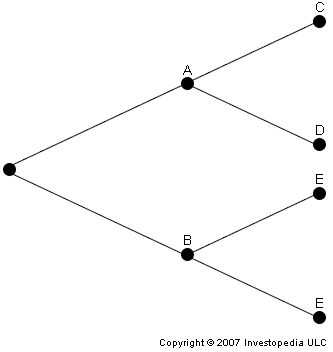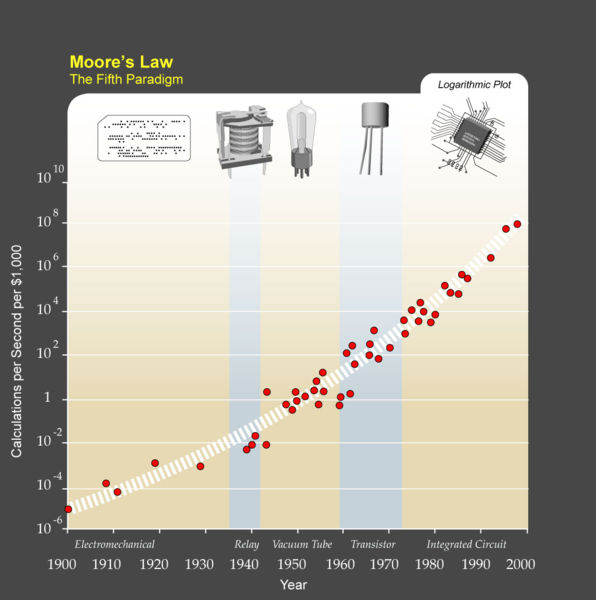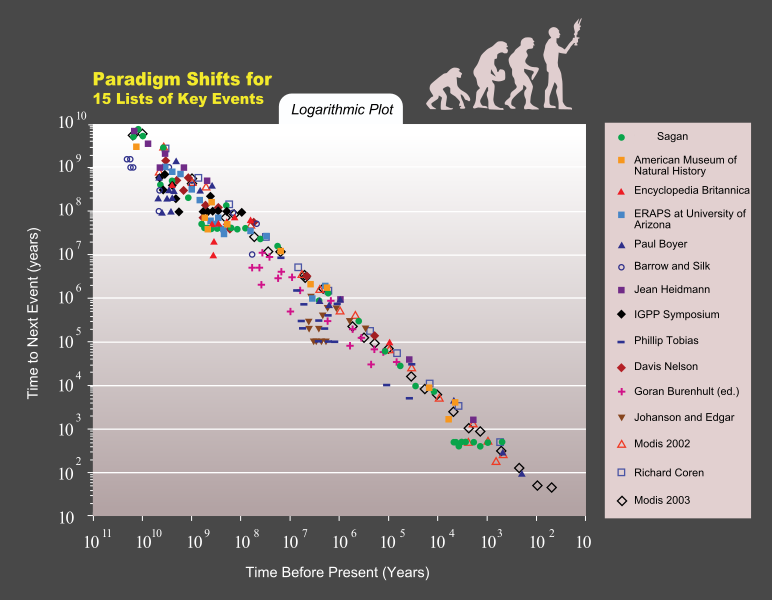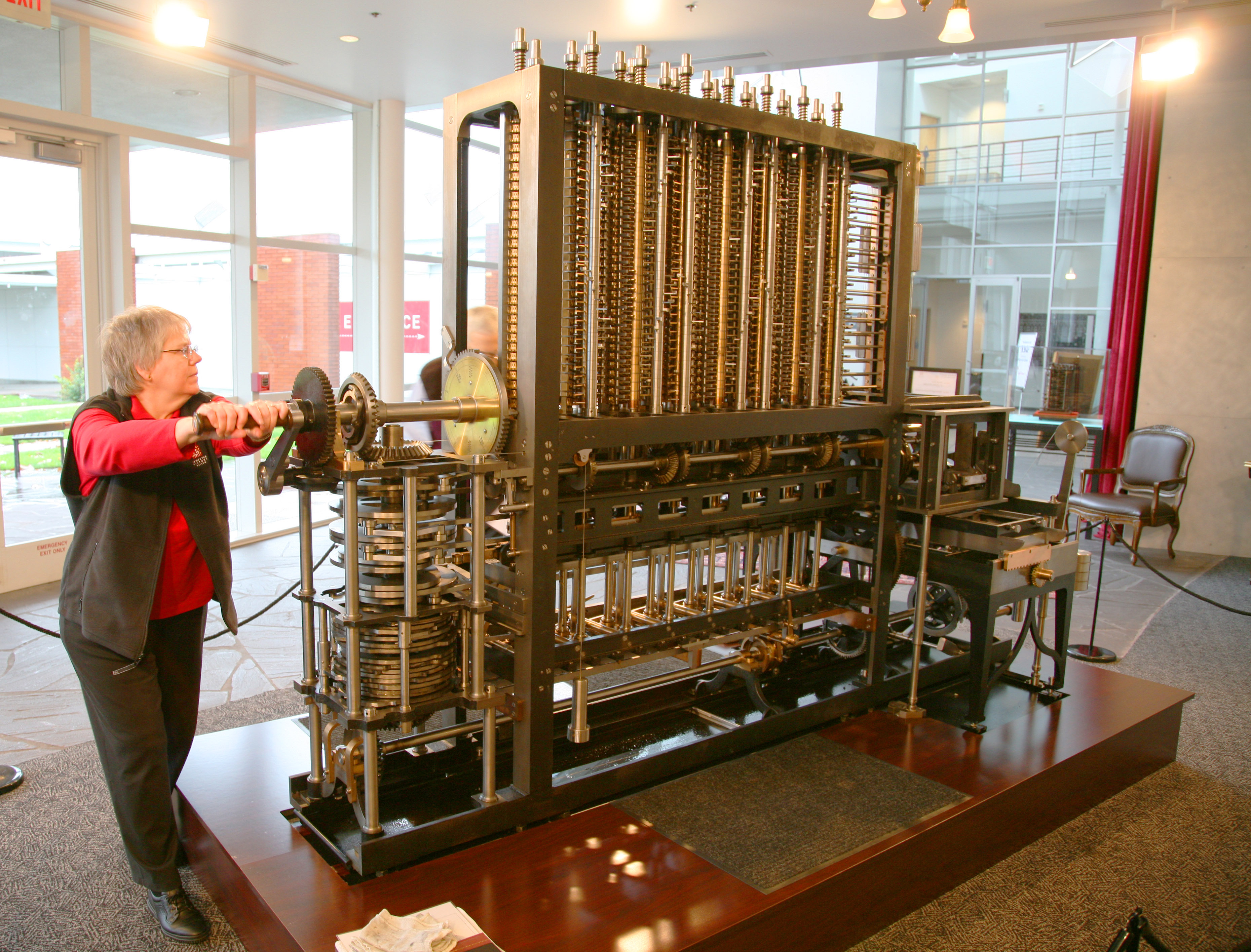When looking back, we humans, of course, can't look at everything. Instead, we narrow our focus to the 'important' things. What, however, is really 'important?' We often look to large wars or movements, but often times we end up determining that things of relatively little significance at the time are 'important.' One example of this is the battle of Marathon. Scholars often look to this battle today as the beginning of Greece, yet it meant very little at the time. What, then, is 'importance' if not significance at the time? What all events we consider to be 'important' (wars, movements, etc.) share in common is a large impact upon our modern world. We see this idea of importance appear all over in the ways in which we study history.
The first place we see this is in the idea of local history. If the importance of an event is judged by its impact on the world around oneself, that key variable, the world around oneself, varies from place to place. This is why we humans place such importance on things like family history, state history, country history, and even continent history. What has impacted the geographic area around us is likely to impact us.
The second place we see this is in the idea of current events. The visible impact of an event tends to erode over time, meaning that current events often have a much larger visible impact, and thus a much greater historical importance than ones far in the past.
The third place we see this is in the study of history itself. This concept of importance underpins the idea of "Searching for the Modern World." The way we currently study history, we look at events in terms of their impacts, and we use those impacts to help make connections to our modern world.
Is this a good thing?
Maybe, maybe not. It's important to understand our modern world so we can better operate within it, but it's also important to understand the past. The past is the source of all emperics, and knowing those emperics, whether they have had any impact on our modern world, can help us understand how our world works on a broader scale. The past shows us what has worked and what has failed, and we can use those emperical examples to help us craft policies for the future. Perhaps it is time we re-evaluate our idea of importance. While we should still, of course, put focus on those events that have had a large impact on our modern world, we should also judge importance based on the value of the emperics of the event. This means that rather than focus on things like ancient culture, with a large impact on our modern world but few useful emperics, we might be better off focusing on things like uprisings and specific governmental policies, often with a small impact on our modern world, but with useful emperics and lessons for it nonetheless. We should remember not to cast out something out from importance, however, simply because it has had a large impact on our modern world. Learning about our modern world is good, and many things that have had large impacts upon our modern world (inventions, discoveries, etc.) also provide us with useful knowledge that we can use in other areas of our lives, another metric that we can use to judge importance.
The lesson from all of this is that we should remember that events are important for a few reasons: impact on our modern world, usefulness of information gained, and applicability of emperics learned, and that we should remember not to get too focused on a single one as to the exclusion of the others.
Above all, however, we should choose events that are interesting, for after all, I can't think of a more 'important' metric.
 The resurgence of the symbol wasn't until the late 18th century. It most likely had to do with Heinrich Schliemann's rediscovery of the symbol in ancient Troy during an archaeological dig. The symbol then started to be used all over Europe with various meanings, but it usually meant some sort of "good luck." However, the swastika started to be associated with Aryan pride movements. That is probably why Nazi party started using the symbol. The swastika eventually became the symbol of the Nazi party, showing up on their propaganda. However, as the atrocities of Adolf Hitler were carried out, the symbol was everywhere, on badges, flags, etc. The sight of the swastika now is associated with the Nazi party and a symbol of terror for some. In modern context bringing up swastikas tends to come with controversy, although many do not know the true origins of the symbol.
The resurgence of the symbol wasn't until the late 18th century. It most likely had to do with Heinrich Schliemann's rediscovery of the symbol in ancient Troy during an archaeological dig. The symbol then started to be used all over Europe with various meanings, but it usually meant some sort of "good luck." However, the swastika started to be associated with Aryan pride movements. That is probably why Nazi party started using the symbol. The swastika eventually became the symbol of the Nazi party, showing up on their propaganda. However, as the atrocities of Adolf Hitler were carried out, the symbol was everywhere, on badges, flags, etc. The sight of the swastika now is associated with the Nazi party and a symbol of terror for some. In modern context bringing up swastikas tends to come with controversy, although many do not know the true origins of the symbol.



















